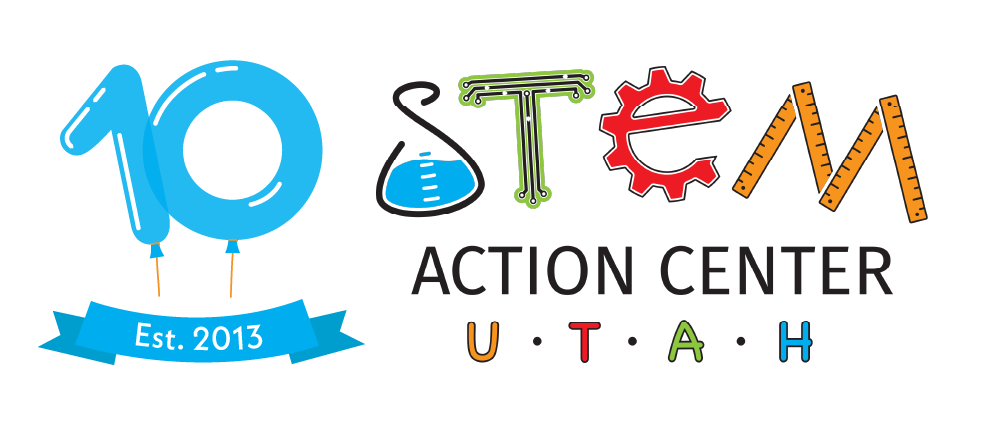Title
Lesson Description
Materials
- Various fabric scraps
- Pipe cleaners
- Wire
- Tape
- Popsicle sticks
- Various insulating materials – foam, packaging, aluminum foil, etc.
Introduction
When it’s cold and snowy in the winter in Utah, it might be tempting to stay inside where we have heaters – but most people have to outside sometimes! Ask students what kinds of things they do to stay warm when they have to go outside in the cold. Explain that our bodies create heat – a type of energy – and that when we go outside, the heat will tend to dissipate into the air. Most winter clothes are designed to minimize how much heat energy is transferred to the air.
Activity
- Explain to students that they are going to be creating their own temperature control devices today. Allow students to decide what they would like to prioritize – they could use earmuffs as an inspiration, or they may want to keep their hands or faces warm. They could also opt to create something meant to keep them cool – for instance, a hat that keeps them cool in the summer.
- Show students the available supplies, and ask them what materials they think will minimize heat transfer, and which will maximize heat transfer. Why have they made those predictions?
- Using the hair dryer and ice cubes, have students test each material one by one by placing the material between the hair dryer and the ice cubes, then seeing how much the ice cubes melt. Ask students what variables they need to keep consistent for this experiment, and which they plan to change. Encourage them to write down their data.
- Were the students surprised by anything? What do they notice that insulating materials have in common? What is different?
- Once students have had a chance to assess their materials, have them sketch, write, or explain their prototypes. Emphasize using the data they gathered from their hair dryer tests.
- After students have had a chance to build their prototypes, test them using the hair dryer and ice – if they’ve design something to keep them warm, they could try picking up the ice or holding it close to them. If they’ve designed something to keep them cool, they could use the hair dryer to test their designs.
- Ask students what did and did not work about their designs. What were they able to predict? What did they not account for? What other information would they need in order to create a better design?
Grade(s)/Age
4th Grade, 5th Grade, 6th Grade

